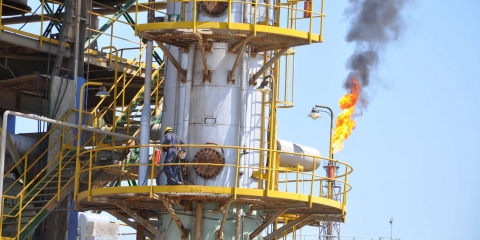Families of ISIL terrorism victims in Iraq still need closure
When ISIL took control of Mosul in June 2014, it was intent on consolidating a stunning victory over Iraq's security forces by rooting out resistance with its trademark brutality. Crammed on to flatbed lorries and buses, thousands of men with their hands tied behind their backs were driven out of the city and to their deaths […]Florian Neuhof writes for The National:
When ISIL took control of Mosul in June 2014, it was intent on consolidating a stunning victory over Iraq's security forces by rooting out resistance with its trademark brutality.
Crammed on to flatbed lorries and buses, thousands of men with their hands tied behind their backs were driven out of the city and to their deaths by Abu Bakr Al Baghdadi's killers.
According to Human Rights Watch the ditch could hold up to 4,000 bodies, making it the site of the biggest mass murder committed by ISIL, dwarfing the infamous massacre at Camp Speicher near Tikrit, where up to 1,700 bodies were found.





